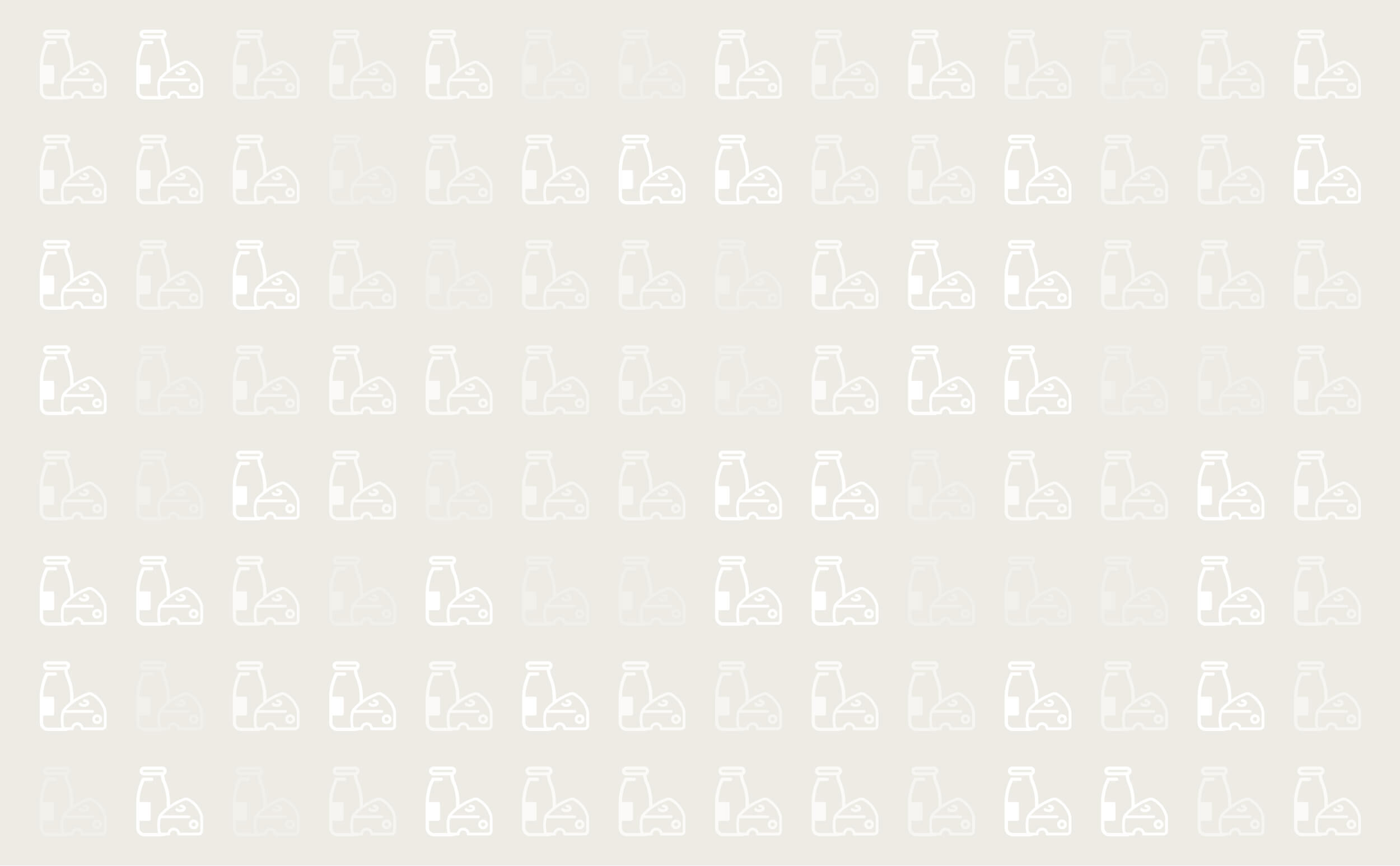



Repeat Breeding Syndrome
A repeat breeder is a cow that is cycling normally, with no clinical abnormalities, but has failed to conceive after at least two successive inseminations.
Cause and Symptoms
In practice, some will have been inseminated at the wrong time, others may have pathological changes in the bursa or oviduct that are difficult to palpate, or undiagnosed uterine infections.
An early repeater is an animals whose luteal function has been shorter than normal or typical for the physiological oestrus cycle in non bred cow. In these cows the most probable event is either failure of fertilisation (delayed ovulation, poor semen quality etc.) or early embryonic death (delayed ovulation, poor embryo quality, unfavourable uterine environment, precocious luteolysis).
The cows will come into heat within 17-24 days after AI.
A late repeater is a cow that comes into heat later than 25 days after AI.
In these animals the luteal function was maintained for longer than the physiological luteal phase in non bred cows. Fertilisation and initial recognition of pregnancy probably took place but for some reason (inadequate luteal function, inadequate embryo signalling, infectious diseases, induced luteolysis) luteolysis was induced and pregnancy lost.
Good heat detection and records are key to identifying these cows.
Treatment
Repeat breeders should be carefully evaluated in order to define the most probable reason for the failure to conceive (early repeats) or failure in pregnancy maintenance (early and late repeats).
Initially heat records should be evaluated to classify the cow as early or late repeat.
Cows that have had three services and are not pregnant should be checked before serving again by a veterinarian.
Prevention
- Ensure you are serving cows at the correct time. This means that all staff should know the signs of heat. Milk progesterone testing is also useful; cows in a true heat will have very low progesterone.
- Ensure insemination techniques are as good as possible. This is particularly important if you use DIY AI. Do not serve cows previously diagnosed as pregnant without doing a cow-side progesterone test to confirm it is has a low progesterone and is not pregnant. If the cow is pregnant AI may cause foetal loss.
- Identify and treat cows with whites before starting to serve them.
- Don’t start serving too soon after calving. Herds that start early have lower pregnancy rates to service and so more repeat breeder cows.
- Minimise stress at service. For example, try and avoid serving around turnout or when you change the diet.
A comprehensive analysis and review of your breeding programme is time well spent in the battle to reduce repeat breeding. Get together with your vet and go through your herd records and present breeding protocols and see if there are not some areas where this important area could be improved.

